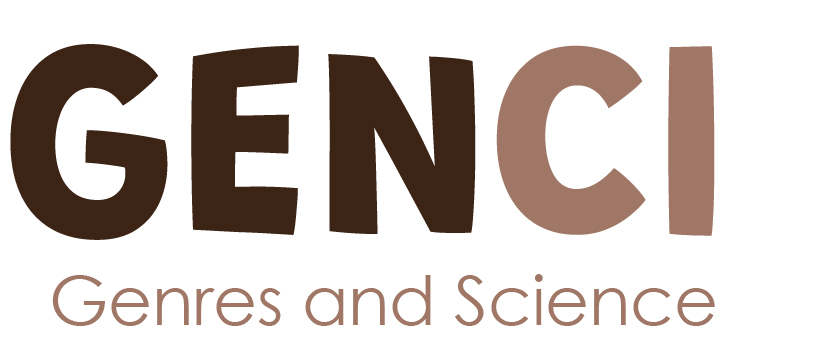Luzón M.J. (2022).“Coronavirus explainers” for public communication of science: everything the public needs to know. In Musolff, A., Breeze, R., Kondo, K. and Vilar-Lluch, S. (eds). Pandemic and Crisis Discourse. Bloomsbury Publishing. 10.5040/9781350232730.ch-006
Abstract
Disseminating knowledge to the public and communicating it by using engaging and non-technical language is particularly important in health-related crisis such as the Covid-19 pandemic, where the public must be able to take informed decisions. For this reason, explainers are being increasingly used to make information and knowledge related to the Covid-19 pandemic accessible and understandable by the wide public. This study examines the ways in which Covid-19-related research is recontextualized in a corpus of 35 explainers published on various websites in English (e.g. scientific journal websites, such as Nature website, news websites, such as the BBC website, or explainer websites, such as Vox and FiveThirtyEight). Although explainers may take several formats (e.g. podcasts, videos), this paper focuses on explainers in a webtext format, i.e. texts that take advantage of the affordances of the Web to incorporate hypertext and combine various semiotic devices. A genre-based approach is complemented with multimodal analysis to determine the rhetorical and discourse features of these explainers. More specifically, the purpose of the study is to answer the following questions: how are these texts organized and what different elements and media do they incorporate? what discourse strategies do producers use to achieve the explanatory purpose of the genre and to engage the general public? How are various semiotic resources orchestrated to facilitate the comprehension of scientific concepts and to engage the audience?
